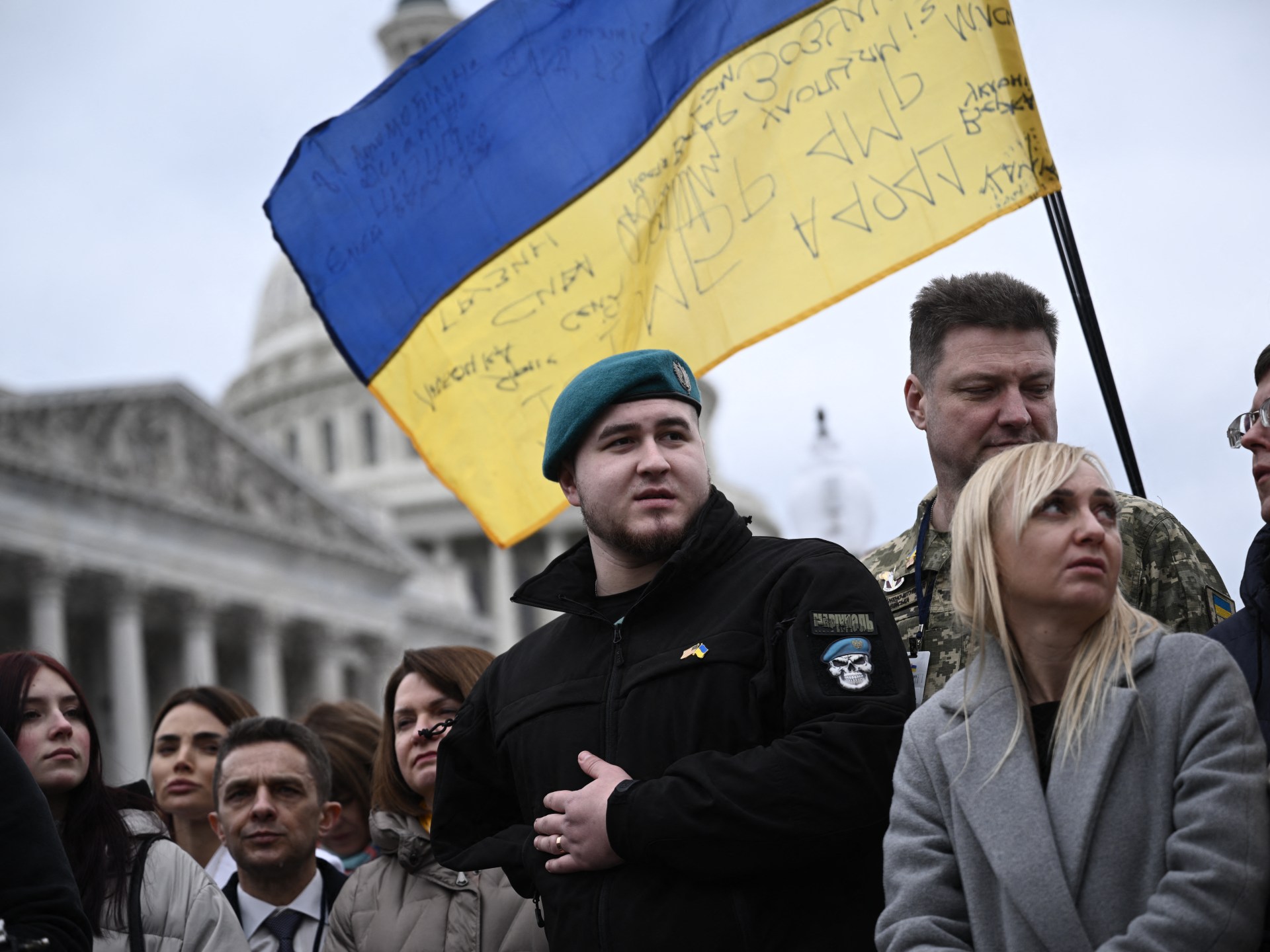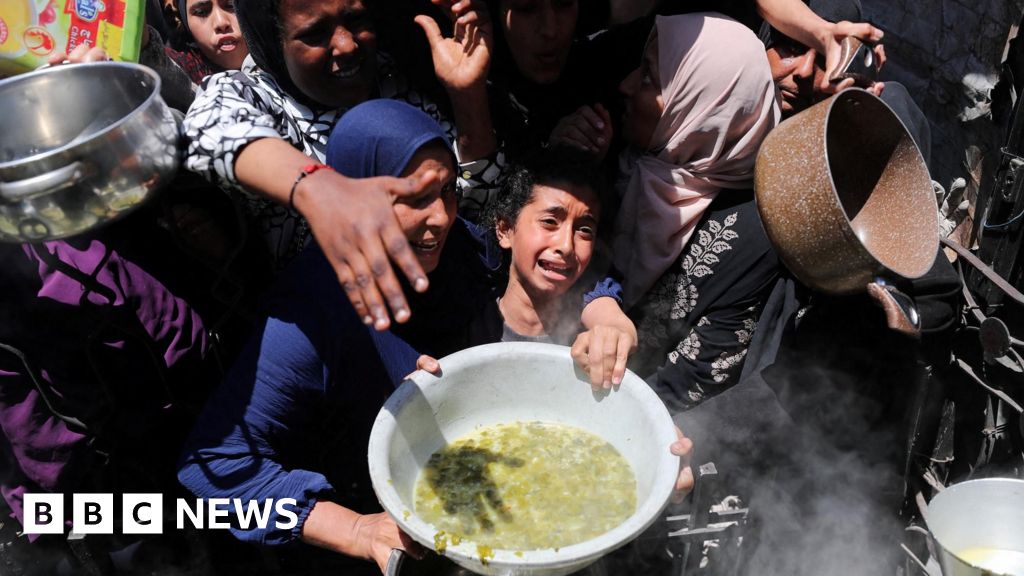Iran and Israel: What are their attack and defence capabilities? | Israel-Palestine conflict News
Iran attacked Israel’s major cities with at least 180 ballistic missiles on Tuesday evening.
Iran’s Islamic Revolutionary Guard Corps (IRGC) said the missiles were fired as Tehran’s response to the killings of civilians in Gaza and more recently, in Lebanon, in Israeli attacks – as well as the assassinations of leaders of the IRGC, Hamas and Hezbollah.
The IRGC said the missiles were specifically aimed at three military bases in Tel Aviv. Iranian state media said that the country used Fatah hypersonic ballistic missiles for the first time, a claim Al Jazeera was unable to independently verify.
Israeli Prime Minister Benjamin Netanyahu vowed retaliation, saying that Iran had “made a big mistake” and “will pay for it”.
The United States said it helped Israel thwart Iran’s attack, pledging support for its ally to hit back at Iran.
“We are proud of the actions that we’ve taken alongside Israel to protect and defend Israel. We have made clear that there will be consequences — severe consequences — for this attack, and we will work with Israel to make that the case,” US National Security Advisor Jake Sullivan said on Tuesday.
As Israel and Iran — longtime foes who for decades have engaged in proxy battles — increasingly head towards a direct confrontation, we take a look at their respective military capabilities, their abilities to attack each other, and how they might defend their territories.
Number of soldiers
According to The Military Balance 2023, published by the United Kingdom-based think tank the International Institute for Strategic Studies (IISS):
Iran has 610,000 active personnel, including 350,000 in the army, 190,000 in the IRGC, 18,000 in the navy, 37,000 in the air force and 15,000 in air defence. Iran additionally has a reserve army of 350,000. Conscription is mandatory for Iranian men over 18, with a few exemptions.
Israel has 169,500 active personnel, including 126,000 in the army, 9,500 in the navy and 34,000 in the air force. Israel has a reserve army of 465,000. Israel mandates conscription of most young men and women over 18, with certain exemptions.
Military spending
According to a fact sheet published by the Stockholm International Peace Research Institute (SIPRI) in April 2024:
Iran spent $10.3bn in 2023, a 0.6 percent increase from 2022.
Israel spent $27.5bn in 2023, a 24 percent increase from 2022 — a surge in part fuelled by the war on Gaza following October 7.
Ground forces
According to The Military Balance 2023:
Iran has over 10,513 battle tanks, more than 6,798 artillery guns and more than 640 armoured personal carriers. The army also has 50 helicopters while the IRGC has 5 helicopters.
Israel has around 400 battle tanks, 530 artillery guns and more than 1,190 personal carriers.
Air force
According to The Military Balance 2023:
Iran: The air force has 312 combat-capable aircraft and the IRGC has another 23. The air force has two attack helicopters, the army has 50 and the IRGC has five.
Israel has 345 combat-capable aircraft and 43 attack helicopters.
Navy
According to The Military Balance 2023:
Iran has 17 tactical submarines, 68 patrols and coastal combatants, seven corvettes, 12 landing ships, 11 landing craft, 18 logistics and support equipment.
Israel has five submarines and 49 patrol and coastal combatants.

Air defence systems
According to The Military Balance 2023:
Israel’s air defence relies on what is known as the Iron Dome system, which is believed to have intercepted most of Iran’s missiles on Tuesday night. The system is equipped with a radar that detects an incoming projectile, its speed and its direction. The control centre then calculates whether the projectile poses a threat to Israeli towns. The projectiles that do not pose a threat are allowed to land in empty fields. If they pose a threat, the missile-firing unit launches missiles to shoot them down. The launcher contains 20 interceptor missiles.

There are 10 Iron Dome batteries scattered around Israel. Other systems intercept medium and long-range missiles. The David’s Sling intercepts missiles ranging between 40km (25 miles) and 300km (186 miles). The Arrow System intercepts missiles with a range of up to 2,400km (1,491 miles).

Iran: In February, Iran deployed the short-range, low-altitude Azarakhsh, which means “thunderbolt” in Persian. It is an infrared detection system, equipped with radar and electro-optic systems to detect and intercept targets. It can be mounted on vehicles.
Iran has a range of different surface-to-air missile defence systems. These include the over 42 long-range Russian-manufactured S-200s, S-300s and local Bavar-373; the over 59 medium-range US MIM-23 Hawk, HQ-2J and Khordad-15; and the 279 short-range Chinese-manufactured CH-SA-4 and 9K331 Tor-M1.
Ballistic missiles
According to the Missile Defense Project of the US-based think tank the Center for Strategic and International Studies (CSIS):
Iran has at least 12 different types of medium-range and short-range ballistic missiles in its arsenal. These range from the Tondar 69, which has a range of 150km (93 miles) to the Khorramshahr and Sejjil, which both range up to 2,000km (1,243 miles).
Israel has at least four different types of small, medium and intermediate-range ballistic missiles, ranging from the LORA with a range of 280km (174 miles) to the Jericho-3 with a range between 4,800km (2,983 miles) and 6,500km (4,039 miles).
Nuclear capabilities
Israel is estimated to have 90 nuclear warheads in its stockpile, according to the US-based Arms Control Association.
Iran is not believed to have nuclear weapons, but it has an advanced nuclear programme and operates several nuclear facilities and research centres. Supreme Leader Ali Khamenei banned the production of weapons in a religious edict or fatwa in the early 2000s, saying it is forbidden in Islam. However, in May, Iran did threaten to change its nuclear doctrine “should Iran’s existence be threatened”.
Check out our Latest News and Follow us at Facebook
Original Source







